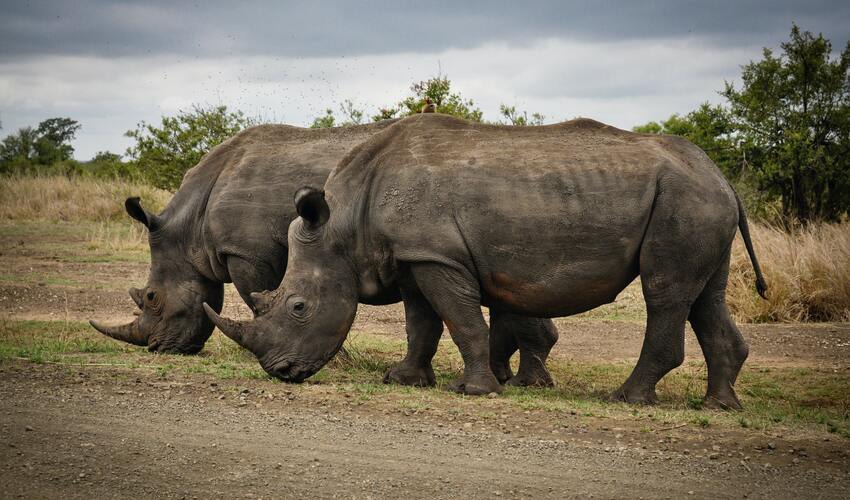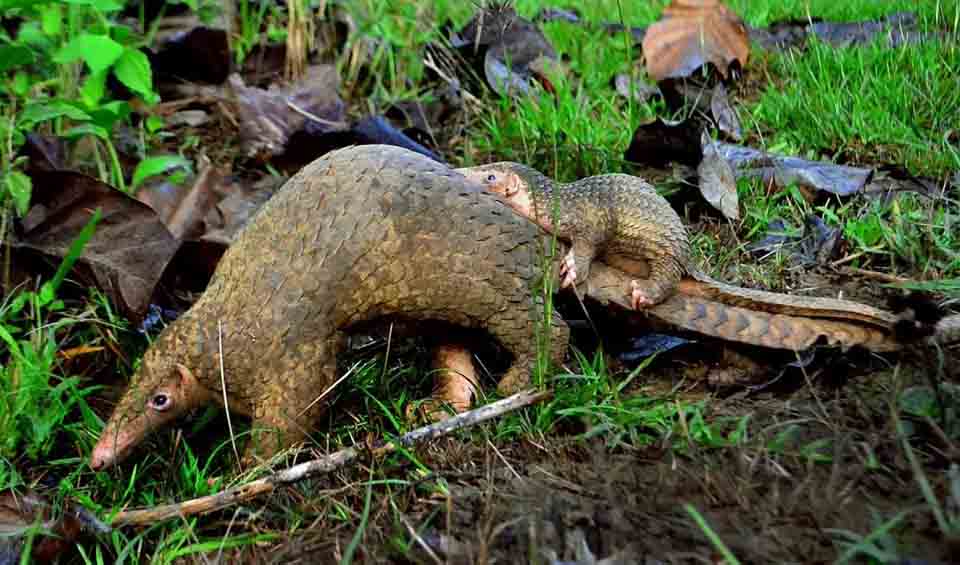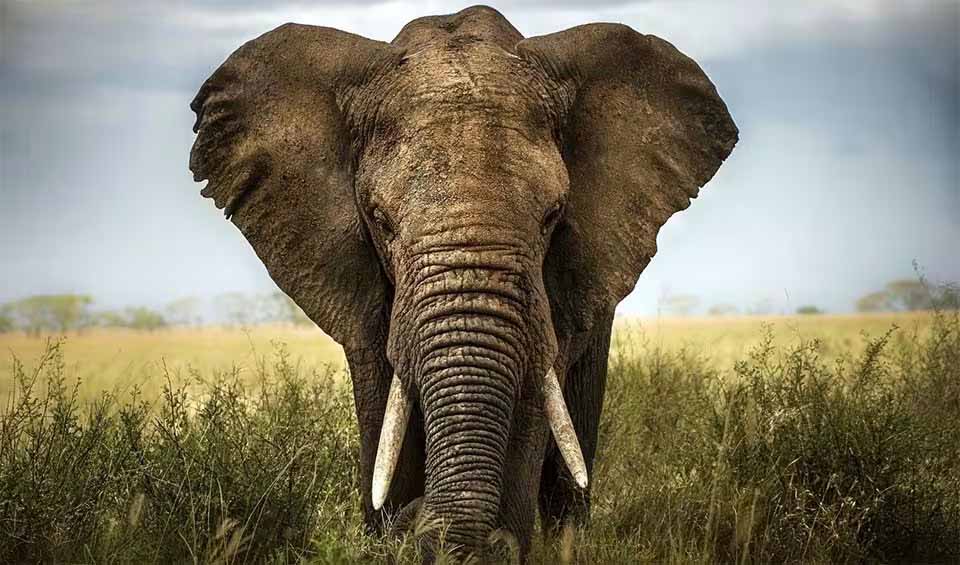Mammals
A legacy to maintain and a success-story worth telling
Mammals—who now face the wrath of a harrowing man-made 6th mass extinction that looms large on us all—were the ones who came out victorious from the 5th mass extinction, which abruptly dethroned the all-dominating Dinosaurs 66 million years ago.
The fact that mammals can be as light as 2 grams or 0.07 ounces (Bumblebee bats) to as heavy as 160,000kgs or 160 tonnes (Blue whales) beautifully captures their success story on this lush planet. The power to adapt or evolve with the changing environment has helped them to survive for millions of years. They are often called the most advanced vertebrates.
Some mammals fly, some swim, some climb, and some walk but one thing mammals don’t do is creep. If you meet an animal who has hair or fur (except whales) and breastfeeds its young ones (even whales!), it’s a mammal.
Three major mammalian lineages live on Earth, differing in their reproduction method: Prototheria is the oldest – they lay eggs and keep them warm as reptiles do. Marsupials give birth to undeveloped young after a short pregnancy, raising them in pouches. Finally, placentals mothers nourish their young inside their bodies. After a long pregnancy, the young are born developed, sometimes even independent.
Orders in this class
Theria – Placentals
They came early, expanded exponentially, and spread spectacularly
Historically had a demonic reputation, and then came Covid-19…
All our cousins and we humans! Sadly, half are threatened with extinction
‘Shrew-formed,’ are animals with short, powerful limbs and fusiform bodies
Kings of the animal kingdom!
Keeping it holy on two toes!
The cute herbivorous cousins of rodents with a pair of extra incisors
The hugest wonders of the earth, struggling for existence in human-dominated world
They’re not what they appear to be; or even what they’re named after
The well-known hedgehogs of Eurasia and Africa and the gymnures or moonrats of SE Asia
Live in small family groups – and can die of shame, stress, and fear
‘Little armored ones’ in Spanish, are New World’s real-life armored Pokémons
Who would’ve thought elephants had such rat-like close relatives
Wide distributed hoofed order comprises rhinos, tapirs, zebras & horses
Along with the sloths, these native Americans are symbols of harmony and a lot of body hair!
The most trafficked mammals in the world
African rock dwellers that resemble pikas but are more closely related to elephants!
Cows who decided to dive deep
Incredibly wise, astonishingly powerful, boundlessly empathic, and majestically massive – The Great Grand Tuskers!
Gliding through the tropical nights!
Emerging from its burrow at sunset and foraging for ants and termites in sub-Saharan Africa
Theria – Marsupials
Eh, mate! We didn’t quite catch up because we were chilling in Australia
Native to the Americas, they defy myths, poor optics, and smelly ordeals
Scientists aim to de-extinct the largest family member, Thylacine (Tasmanian wolf), lost in 1936
Nocturnal, omnivorous marsupials with rodent-like appearance: short legs and necks, stocky bodies and pointy nose
Little is known about these shrew-like marsupials inhabiting western South America
Functionally blind and without external ears, they “swim” through the soil, leaving no permanent burrow
A bad omen or a harmless seed disperser?
Prototheria – Egg-laying mammals
The most ancient living mammals order has retained several reptilian features!






























